The City of Kamloops website provides the following information about Kamloops history : “The Kamloops area has been inhabited by the Secwépemc and Nlaka’pamux peoples, who have lived here for close to 10,000 years. The fur trade arrived in Kamloops in 1811 when three traders came to the area and established trade with the local Indigenous population. They installed a post for the Astoria Company in 1812, which later became a Hudson’s Bay Company fort. The next big influx of people came with the gold rush. While the gold rush did not pan out, provincial incentives for land ownership brought others and turned former gold rushers into homesteaders, kick-starting ranching in the region. With the promise of a railway, British Columbia joined Canada in 1871. Construction came to Kamloops in 1883, bringing railway workers and establishing Kamloops as a transportation hub with the railway’s completion in 1886 and a second railway in 1912.
At the turn of the century, Kamloops grew exponentially, bringing people, businesses, the expansion of the Courthouse, and establishment of Royal Inland Hospital. Growth in agricultural brought the beginnings of orchards and the expansion of agricultural production, especially tomato canneries. World War I, World War II, and the Great Depression hit Kamloops hard, and many lives and livelihoods were lost. The post-war economic boom ushered heavy industry into Kamloops with the establishment of an oil refinery, a natural gas pipeline, and, by the 1960s, a pulp and paper mill.
Following the amalgamation of Kamloops and the Town of North Kamloops in 1967, the 1970s saw an expanded city that included a number of adjacent communities, including Dallas, Valleyview, Brocklehurst, Westsyde, Heffley Creek, Rayleigh, Knutsford, and Dufferin. The decade also saw the opening of the first higher education institution, which grew to become Thompson Rivers University, and the completion of the Yellowhead Highway in 1970 and the Trans Canada Highway in 1971.
The 1980s brought major economic challenges to Canada, and Kamloops faced significant headwinds, bringing one of the first declines in the city’s population since World War II. An economic resurgence came in the late 1980s, with the successful referendum in 1988, which led to the opening of Riverside Coliseum in 1992, and the beginning of Kamloops’ journey to becoming Canada’s Tournament Capital.
The 1993 Canada Summer Games brought Canada to Kamloops and helped build its reputation as a centre for tournaments and sporting and cultural events, a reputation that was strengthened by the completion of the Tournament Capital Centre in 2006.”
In addition to the Indigenous Kamloops resources please check the following links to strengthen your knowledge of Kamloops and its history.
The Untold Stories: Valuing Women’s Contributions to Community Life in Kamloops, British Columbia article explores women’s contribution to Kamloops from 1920 to present.. This study aims to document the stories of women’s participation and contribution to community life in the Kamloops area, from 1920 to present. Women who played a prominent role were invited to share their stories of helping to create and sustain women-centered organizations, many of which continue to exist today.
The purpose of Andrew Yarmie’s book is to track the evolution of women’s volunteer associations and document the important contributions they made in caring for Kamloops. The associations selected demonstrate women’s caring in the fields of health, culture, education, social assistance for the poor, and the welfare of the community during times of crises. The work of women caring for the community that began in the pioneer period continues to the present and remains an integral part of our community.
- Newcomer Settlement Experience
The research on newcomers’ settlement experience in Kamloops is well documented by the faculty members from the TRU School of Social Work and Human Service: Settlement Experiences in a Small City: Kamloops, British Columbia and Settlement Experiences of Family Class Immigrants in a Small City: Kamloops, British Columbia. B.C. Community Profiles in 2011 released a brief paper to Focus on Immigration and Diversity. The gaps in service delivery and ideas for new services are discussed in the Rural Development Institute Report. The purpose of this project is to better understand the settlement and integration services available to newcomers and to explore the service gaps and opportunities in Kamloops, British Columbia and 28 other rural communities across Western Canada. Top services needed for Kamloops area are outlined as assistance finding a job, educational upgrading, occupational mentorship and networking, language training, interpretation services, greeting upon arrival, information and orientation. You can also read the full study on Immigration Settlement Services and Gaps in CIC’s Western Region. The Kamloops Immigrant Services also produced the paper to “distribute information regarding the next steps for improving the capacity of Kamloops to be more welcoming and inclusive of new immigrants”: Coming Together to Support Diversity in Kamloops: A Recommendations Paper.
Review fast facts about Kamloops and learn that there are 82 parks in Kamloops, covering a total of 1,350 hectares. Kamloops is Canada’s Tournament Capital, and hosts over 100 tournaments each year consisting of 27, 878 participants. Kamloops was incorporated as a city in 1893. Kamloops is unique in that its adjacent hillsides are grass-covered with considerable sagebrush but little tree growth to the 900m level, creating what is known as an inverted tree line. In most places the trees won’t grow above a certain level due to the lack of precipitation, but in Kamloops, they won’t grow below a certain level due to the lack of precipitation. In the young years of Kamloops, the river was used as a trade route for transporting goods. There were many boats, including paddle boats, which went up and down the river carrying food, supplies and fur.
Kamloops Museum and Achieves provides lots of information on local history including 1912 European Colonial version of Kamloops history on “The Founding of Kamloops” and City of Kamloops modern version of Kamloops history: “The Kamloops area has been inhabited by the Secwépemc and Nlaka’pamux peoples, who have lived here for close to 10,000 years. The fur trade arrived in Kamloops in 1811 when three traders came to the area and established trade with the local Indigenous population. They installed a post for the Astoria Company in 1812, which later became a Hudson’s Bay Company fort. The next big influx of people came with the gold rush. While the gold rush did not pan out, provincial incentives for land ownership brought others and turned former gold rushers into homesteaders, kick-starting ranching in the region. With the promise of a railway, British Columbia joined Canada in 1871. Construction came to Kamloops in 1883, bringing railway workers and establishing Kamloops as a transportation hub with the railway’s completion in 1886 and a second railway in 1912”.
David LI. Davies, a resident of Kamloops, wrote an article The Railway History of Kamloops B.C. A Century Old Story and provided a railway story of the city where the routes of the two transcontinental railways converge/diverge.
A great way to enjoy Kamloops historical photographs is to become a member of the Kamloops History Facebook Group Sharing the history of Kamloops BC and the surrounding area. We encourage you to comment and share your photos from the 1800’s right up to the 1980’s. For photos of the current Kamloops taken by local photography check the Facebook group Kamloops Photographers.
- Tranquille history
Tranquille – A History In The Making blog post by Barefoot Nomad provides a history of the Tranquille area of Kamloops. More information about Tranquille sanatorium can be found here and here. Now you can visit Tranquille Farm which is a 150+ year old historic farm site located in the city of Kamloops British Columbia, 15 minutes from downtown. It is located in a stunning setting nestled between the shores of Kamloops Lake to the south and the famous Lac Du Bois Grasslands Park to the north. The protected Tranquille Wildlife Management to the east and the Tranquille Ecological Reserve to the west complete a quartet of neighbours most farmers would die for!
The book provides an overview on how Kamloops and other small Canadian cities confront serious social issues as a result of the neoliberal economic restructuring practiced by both federal and provincial governments since the 1980s. The contributors to Small Cities, Big Issues believe that small cities can succeed in reconceiving community based on the ideals of acceptance, accommodation, and inclusion.
If you have any other resources that can help newcomers to Kamloops learn about local history please share your suggestions with me via e-mail at okondrashov@tru.ca
Oleksandr Kondrashov
Updated March 2019
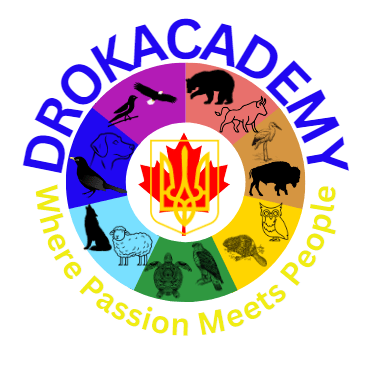
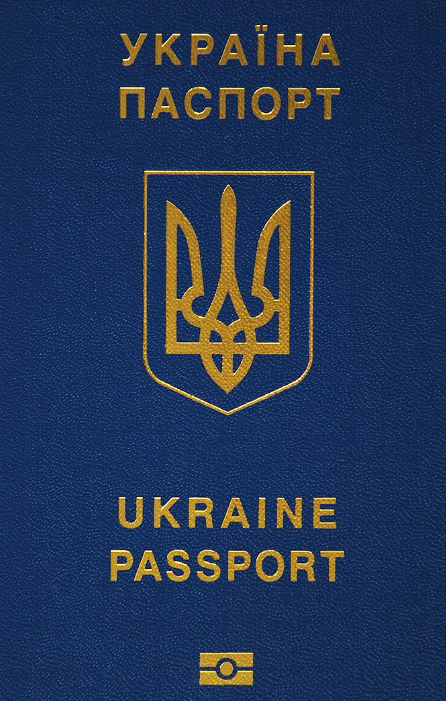
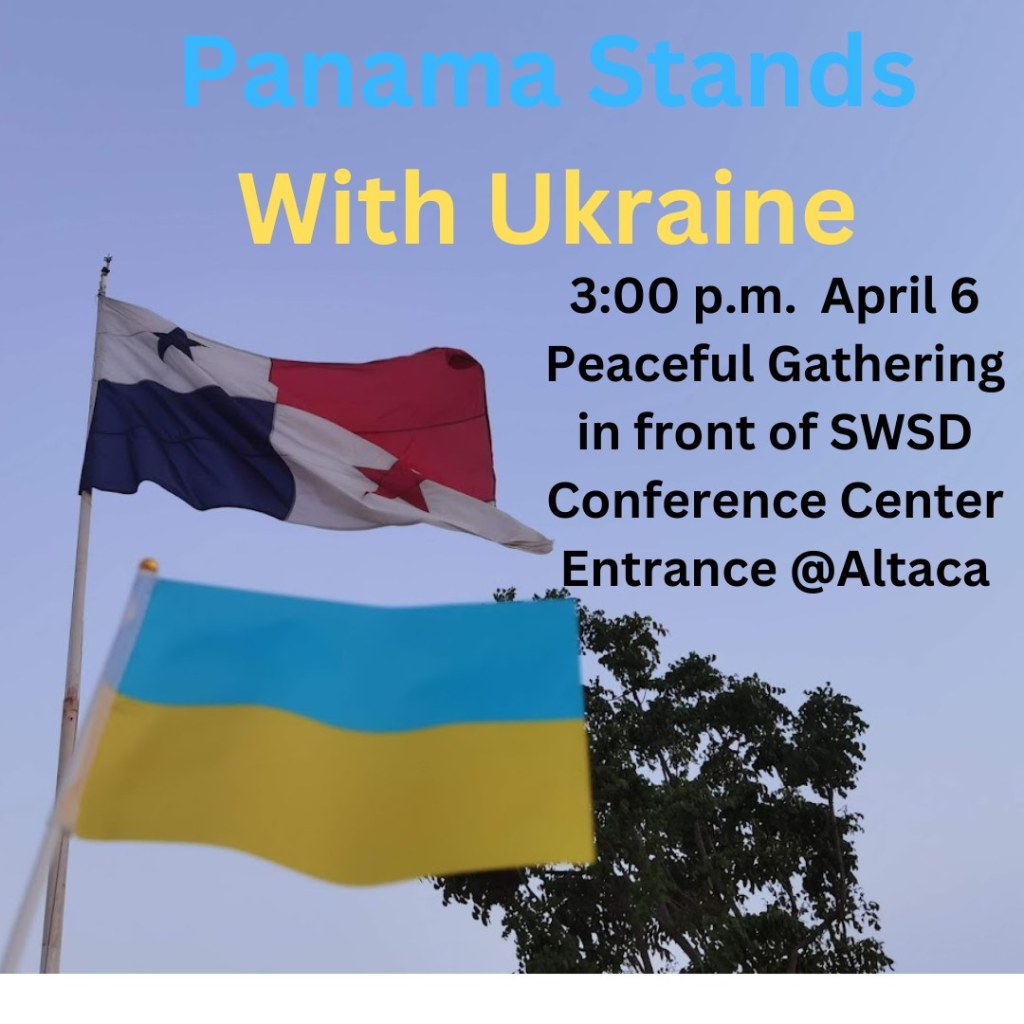
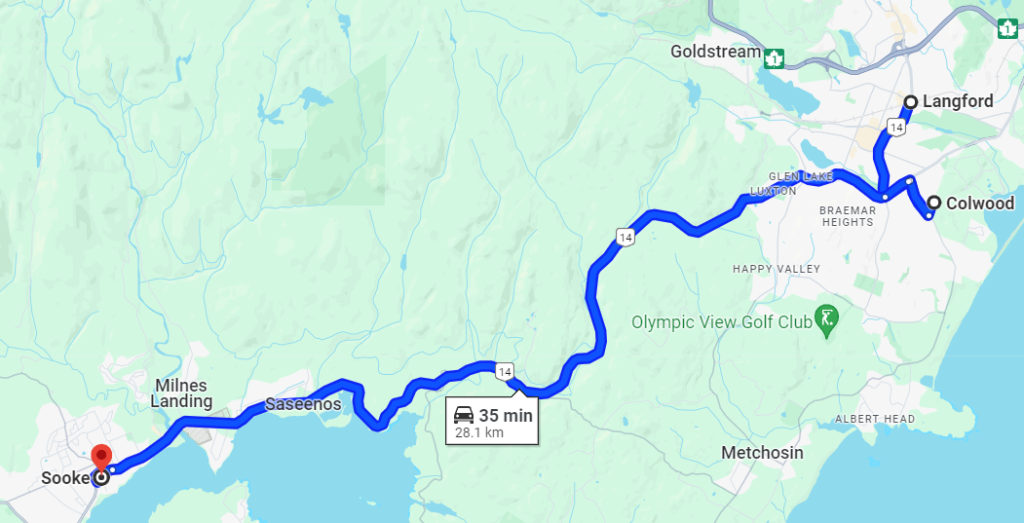
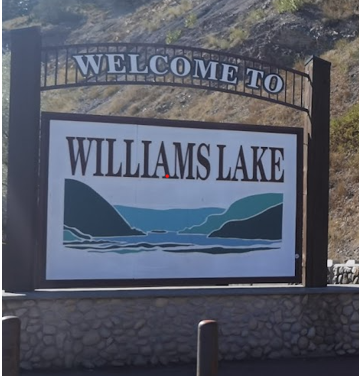
Leave a comment